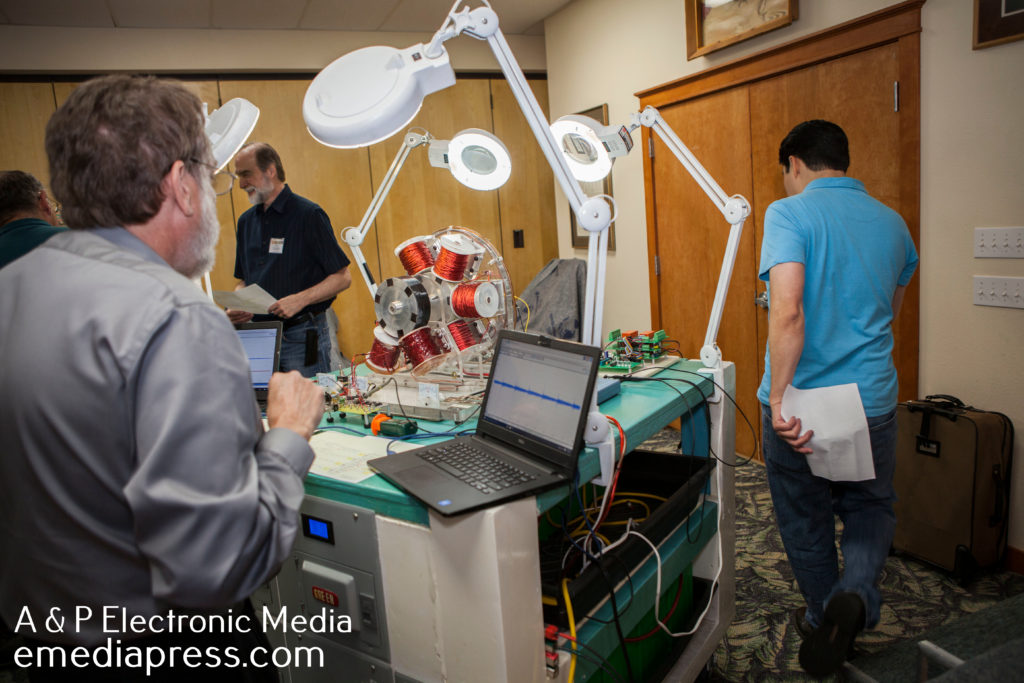Originally posted by Turion
Ah ha I just took your picture!!!


Okay here is what i like.
Bro Mikey,
Control your STOCK motor with a 555 timer. You are going to WANT that control in the end, believe me, and here is why. Pay attention now boys and girls.....................
You can speed it up by increasing the voltage input or increasing the frequency or length of pulse) and you slow it down by PULSING that voltage input or just turning it down.
If you are one of the countless IDIOTS......................?

I can’t believe how many MORONS have come on YouTube and
“proven” that this doesn’t work......................
It will NOT work with little toy batteries.................
End of rant and beginning of new one




At SOME point you will be rotating the magnets past the core at a
speed greater than that which allows the core to absorb all of the
flux from the passing magnet. Or maybe the magnets you are using
are putting out MORE magnetism than the cores can absorb. So then
how do you get more flux? More magnets, stronger magnets or bigger magnets. You will find the sweet spot where everything you have
works the best, but to do this, you may have to speed up or slow
down your motor.
 Thanks - A - Million for your work
Thanks - A - Million for your work











Comment